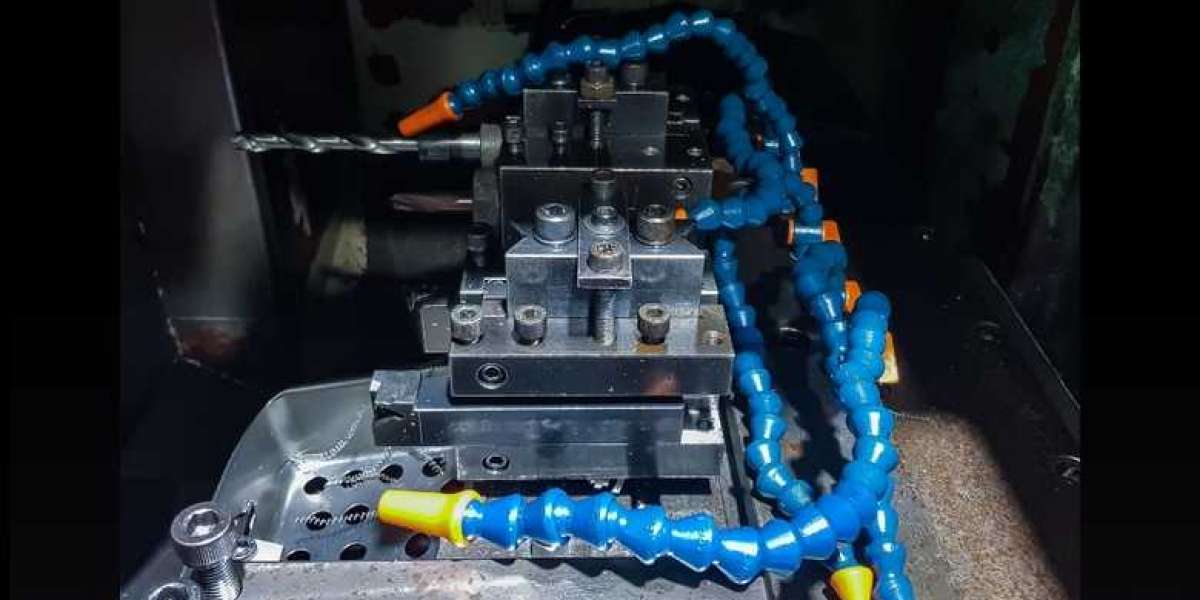Milling machines are vital tools in machining operations, capable of shaping and cutting various materials with precision. To harness their full potential, it's essential to comprehend the intricate components that constitute these machines. This guide will delve into the key milling machine parts, offering a detailed understanding of their functions and significance in the machining process.
Base: The base is the foundation of the milling machine parts, providing stability and support for all other components. Typically made of cast iron or steel, it absorbs vibrations generated during operation, ensuring accuracy in machining. The column, which rises from the base, houses the spindle and supports the other major components.
Spindle: The spindle is the heart of the milling machine, responsible for rotating the cutting tool. It accommodates various tooling options and can rotate at different speeds to accommodate different materials and cutting requirements. Spindles may be driven by belts, gears, or direct drive systems, offering versatility in machining operations.
Knee: The knee is a vertically adjustable component mounted on the column, allowing the entire milling head to be raised or lowered. It enables precise vertical positioning of the workpiece and the cutting tool, facilitating accurate milling operations. The knee is equipped with mechanisms for both manual and automatic adjustment, enhancing operational efficiency.
Table: Mounted on the knee, the table provides a flat and rigid surface for securing the workpiece during milling. It can be moved along multiple axes—longitudinal, transverse, and vertical—allowing for intricate machining operations. T-slots on the table accommodate clamps and fixtures for securing the workpiece, ensuring stability during milling.
Saddle: The saddle is a movable component that supports the table and allows for horizontal movement along the knee. It facilitates precise positioning of the workpiece, enhancing the accuracy and efficiency of milling operations. The saddle is equipped with handwheels or powered feeds for smooth and controlled movement.
Feed Mechanism: The feed mechanism controls the movement of the table and saddle during milling operations. It can be manual, powered by handwheels, or automated using motorized drives. The feed mechanism enables precise control over feed rates and cutting depths, ensuring optimal machining performance.
Control Panel: Modern milling machines are equipped with sophisticated control panels that allow operators to program and monitor machining operations. These panels feature intuitive interfaces and software controls for adjusting spindle speed, feed rates, and other parameters. Advanced milling machines may also integrate CNC (Computer Numerical Control) systems for automated machining tasks.
Conclusion: Understanding the various components of a milling machine parts is crucial for optimizing machining processes and achieving superior results. From the sturdy base to the precision spindle and versatile table, each part plays a vital role in shaping workpieces with accuracy and efficiency. By mastering these components, machinists can harness the full potential of milling machine parts in a wide range of industrial applications.



